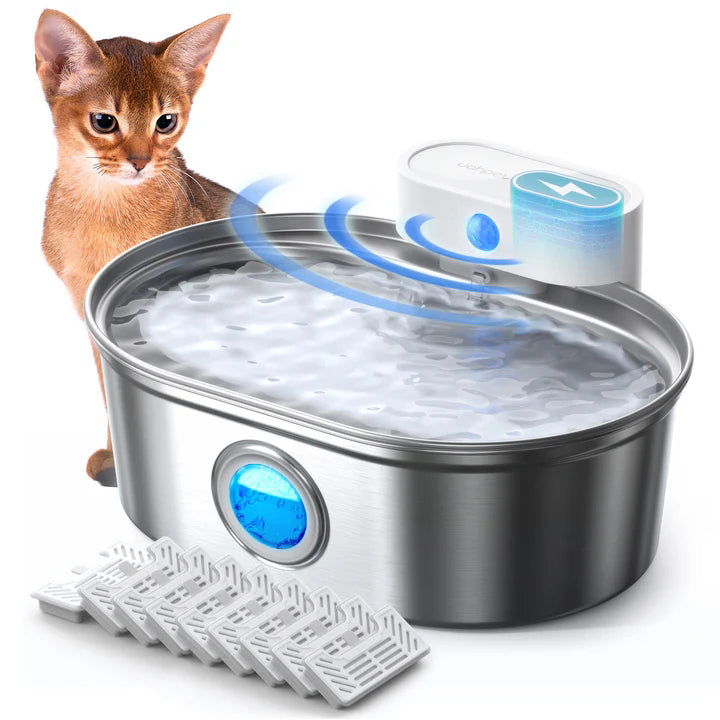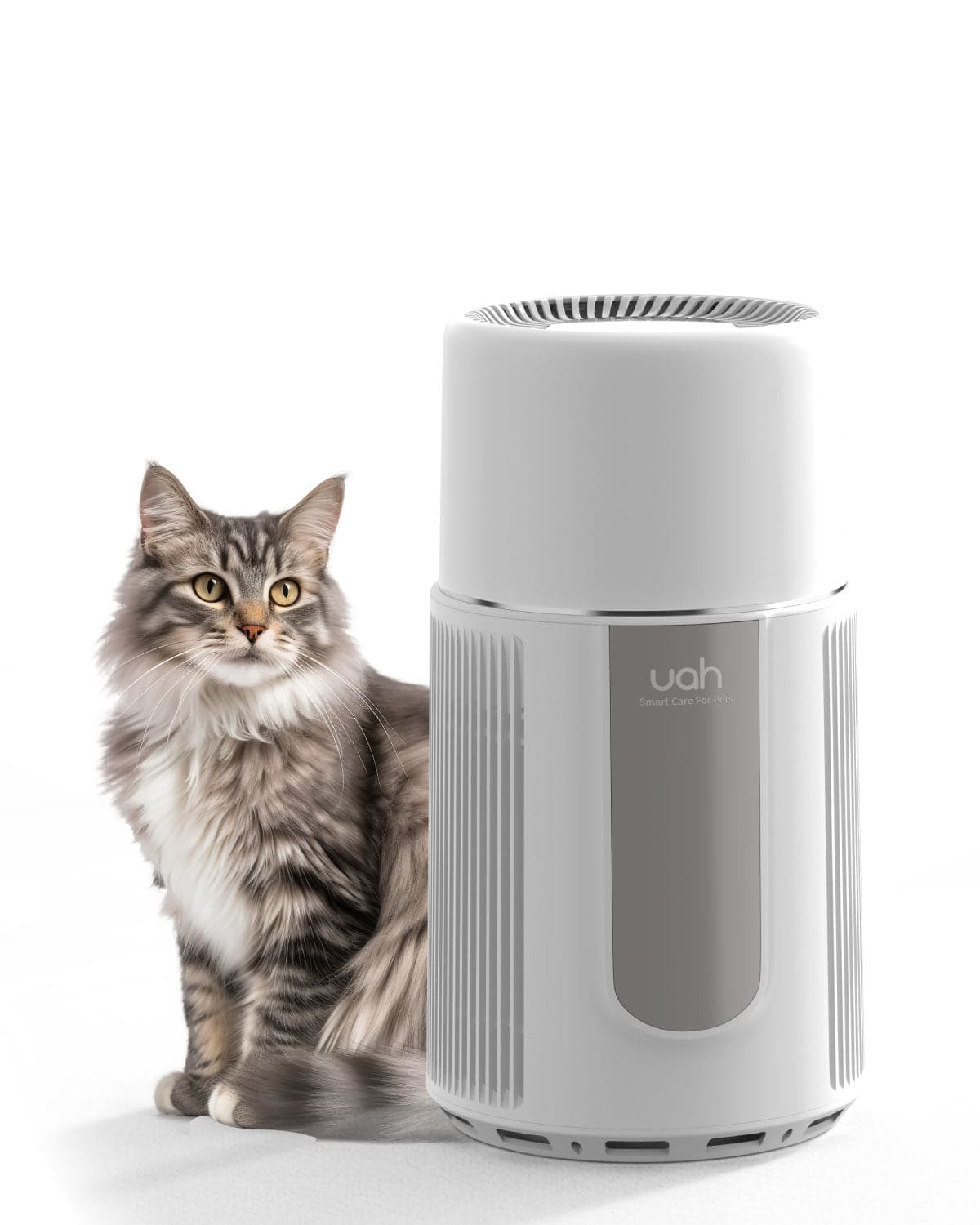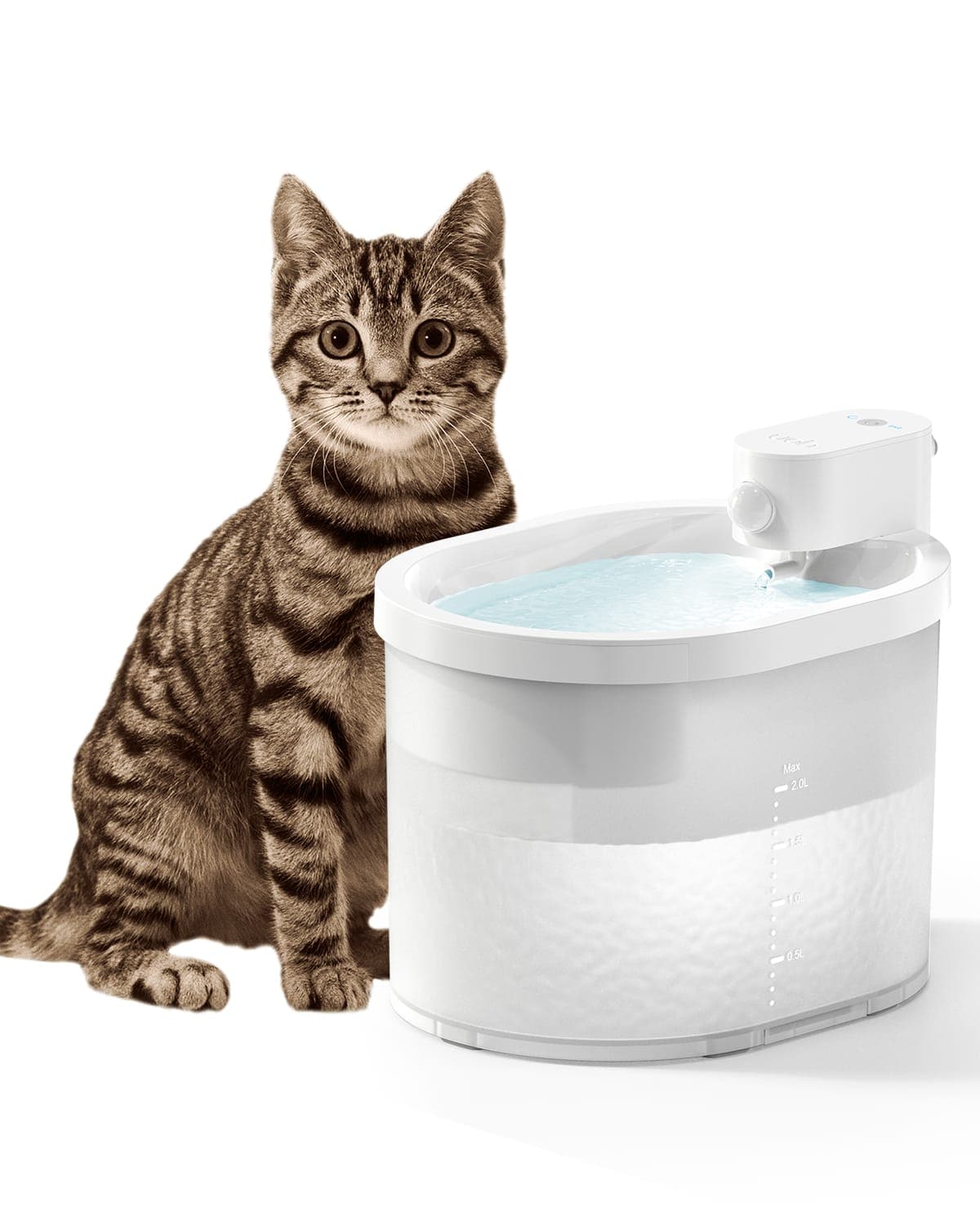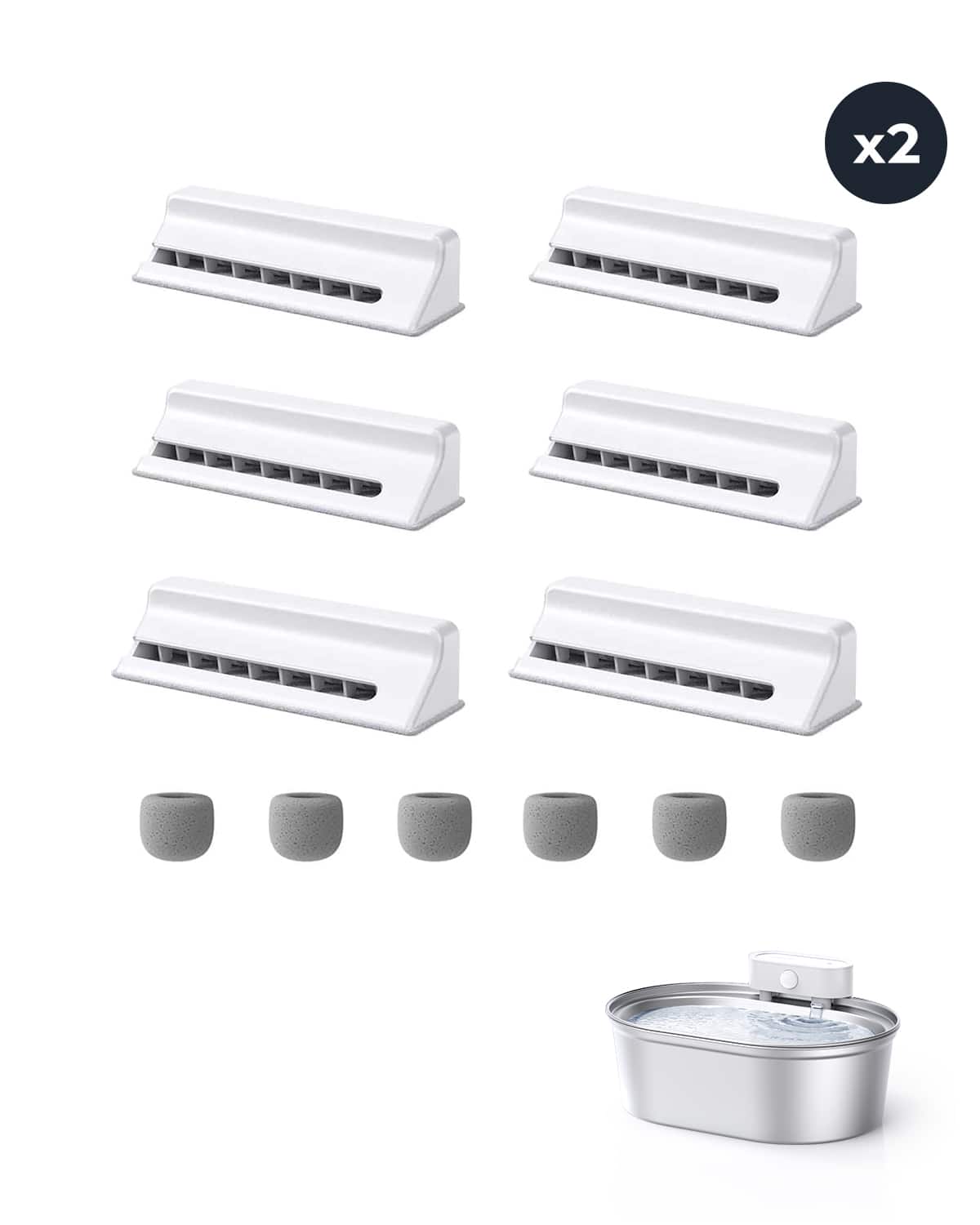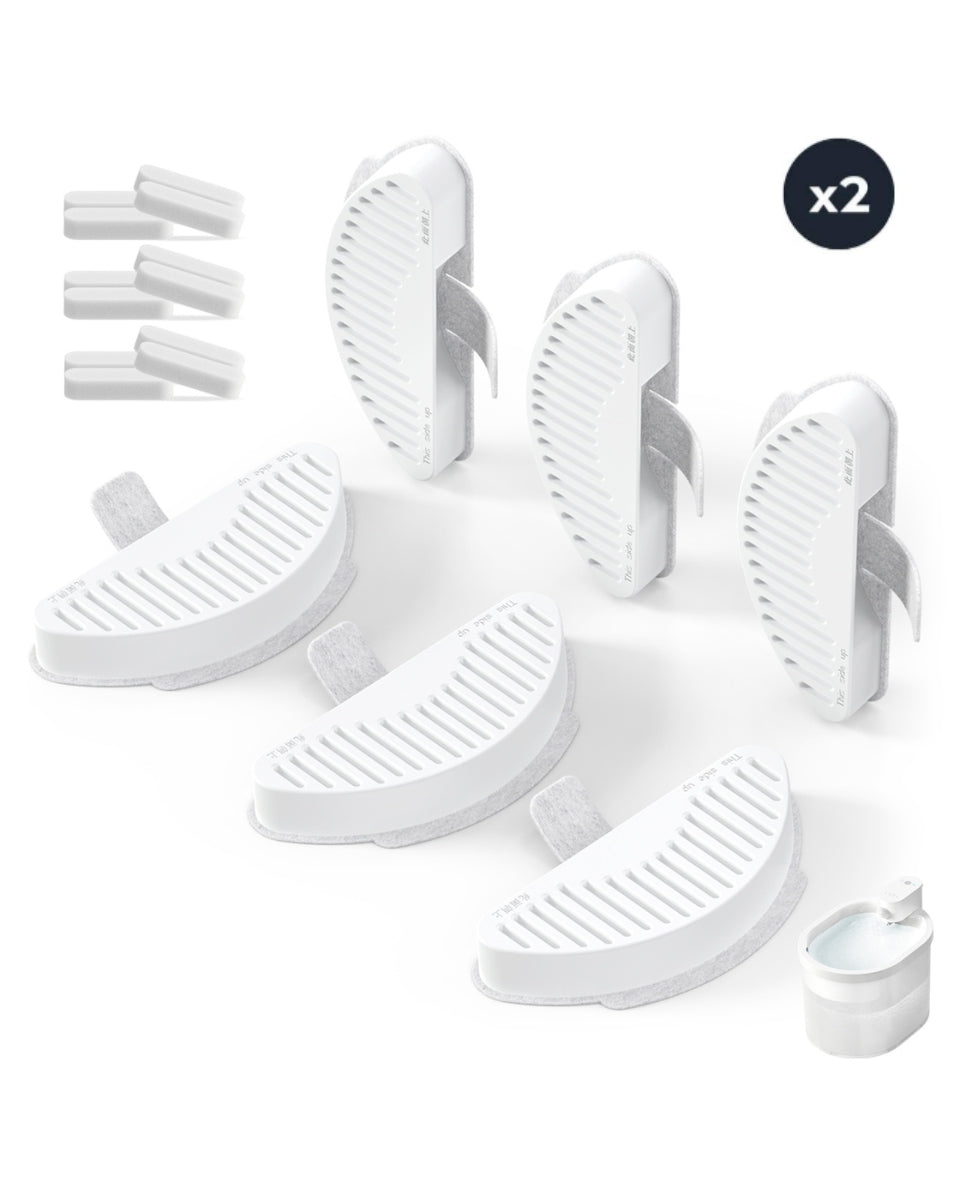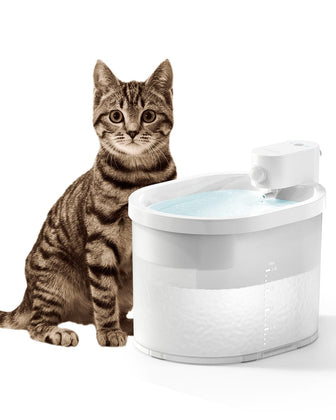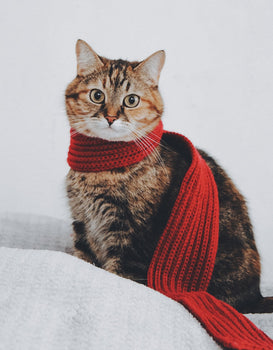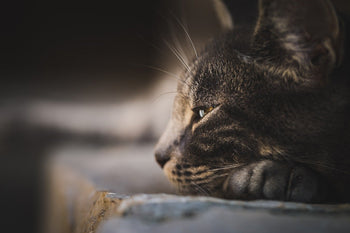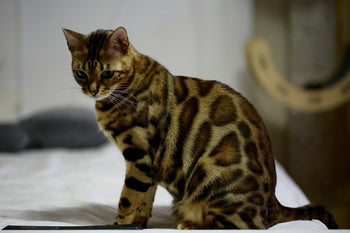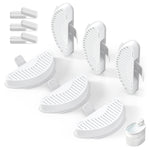Pet owners often have a special bond with their furry friends, and this bond can be reflected in their pet's sleeping positions. From the cuddle bug to the independent sleeper, a pet's sleeping position can reveal a lot about their personality and their relationship with their owner. Understanding these sleeping positions can help pet owners deepen their bond with their pets and improve their overall well-being.
The Cuddle Bug: Sleeping Positions That Reflect Affection Some pets love to snuggle up close to their owners, and their sleeping position reflects this. The cuddle bug position is when a pet sleeps curled up next to their owner, often with their head on their owner's lap or chest. This position is a sign of affection and trust, and it shows that the pet feels safe and secure with their owner.
The Independent Sleeper: Sleeping Positions That Reflect Independence Other pets prefer to sleep on their own, and their sleeping position reflects their independence. The independent sleeper position is when a pet sleeps with their back to their owner or in a separate bed. This position is a sign that the pet values their personal space and privacy, and it shows that the pet is confident and self-assured.
Pet Sleeping Positions: What They Say About Your Pet-Owner Bond

Key Takeaways
A pet's sleeping position can reveal a lot about their personality and their relationship with their owner.
The cuddle bug position reflects affection and trust, while the independent sleeper position reflects independence and confidence.
Understanding these sleeping positions can help pet owners deepen their bond with their pets and improve their overall well-being.
The Cuddle Bug: Sleeping Positions That Reflect Affection
When it comes to sleeping positions, some pets tend to cuddle up close to their owners. These positions are not only adorable, but they also reflect a strong bond between the pet and the owner.
Bond and Affection Indicators
Pets that cuddle up close to their owners while sleeping are often showing signs of affection and love. This can be an indicator of a strong bond between the pet and the owner. It shows that the pet feels safe and secure with their owner and trusts them enough to let their guard down.
Security and Trust Demonstration
Cuddling up close to their owner while sleeping is also a way for pets to demonstrate their sense of security and trust. By sleeping in close proximity to their owner, pets are able to feel more protected and secure. This can help to reduce anxiety and stress, and promote a deeper sense of relaxation.
Examples of Cuddling Positions
There are many different cuddling positions that pets may adopt while sleeping. Some of the most common positions include:
The Spoon: This position involves the pet snuggling up close behind their owner, often with their head resting on the owner's pillow.
The Lap Warmer: This position involves the pet curling up on their owner's lap, often with their head resting on the owner's leg.
The Face Snuggler: This position involves the pet snuggling up close to their owner's face, often with their head resting on the owner's chest or shoulder.
Overall, cuddling up close to their owner while sleeping is a clear sign of affection and trust. It's a way for pets to feel safe and secure, and to demonstrate their love and devotion to their owner.
The Independent Sleeper: Sleeping Positions That Reflect Independence
Independent Nature in Pets
Some pets are more independent than others, and this can be reflected in their sleeping positions. Independent pets may prefer to sleep alone, without the need for physical contact with their owners. They tend to be more self-sufficient and less needy than other pets.

Sleeping at a Distance
One common sleeping position for independent pets is sleeping at a distance. This means that they prefer to sleep at a distance from their owners, and may even choose to sleep in a separate room. This does not mean that they do not love their owners, but rather that they value their personal space and independence.
Balance Between Independence and Attachment
It is important to note that independence in pets is not a bad thing. In fact, it can be a sign of a healthy and balanced relationship between pet and owner. Pets that are too clingy or dependent may be experiencing anxiety or insecurity, while independent pets are more confident and self-assured.
In conclusion, independent sleeping positions in pets can be a reflection of their independent nature and their desire for personal space. As a pet owner, it is important to respect your pet's need for independence while still maintaining a strong bond and connection with them.
The Belly Up: Sleeping Positions That Reflect Vulnerability
Exposing the Belly
One of the most vulnerable sleeping positions for pets is the belly up position. This position is when a pet is lying on their back with their belly exposed. It's a sign that they feel safe and secure in their environment. Pets who sleep in this position are showing that they trust their owners and feel comfortable enough to let their guard down.
Significance of Trust and Comfort
The belly up position is a clear indication of the bond between pet and owner. It shows that the pet feels secure and trusts their owner enough to expose their most vulnerable area. This is a sign of a healthy and strong pet-owner relationship. When a pet feels comfortable and secure in their environment, they are more likely to be happy and healthy.
Safety and Protection in Environment
Pets who sleep in the belly up position are also indicating that they feel safe and protected in their environment. They are confident that their owner will protect them from any harm and they feel secure in their surroundings. This is important for a pet's overall well-being as it allows them to relax and get the rest they need.
In conclusion, the belly up sleeping position is a clear sign of trust, comfort, and safety in a pet's environment. It's a reflection of the strong bond between pet and owner and is a positive indication of a healthy and happy pet.
Conclusion
In conclusion, pet sleeping positions can reveal a lot about the pet-owner bond. Understanding your pet's sleeping habits can help you identify any changes in their behavior or health. It can also help you create a comfortable sleeping environment for your pet.
While there is no one-size-fits-all approach to pet sleeping positions, it is important to observe your pet's preferences and make adjustments accordingly. Providing a comfortable bed, appropriate temperature, and a quiet sleeping environment can help your pet get a good night's rest.
Remember that pets are individuals, and their sleeping positions may vary depending on their mood, health, and age. It is important to consult with a veterinarian if you notice any changes in your pet's sleeping habits or overall behavior.
By paying attention to your pet's sleeping positions, you can strengthen your bond and provide them with the care and comfort they deserve.

Frequently Asked Questions
What do different dog sleeping positions indicate about their health and mood?
Dogs have various sleeping positions, and each one can indicate a different thing about their health and mood. For instance, if a dog sleeps on its back with its legs in the air, it suggests that the dog is comfortable and relaxed. On the other hand, if a dog curls up into a ball, it may indicate that they are feeling anxious or cold. If a dog is sleeping with its head on your lap or feet, it shows that they trust you and feel comfortable around you.
How can a cat's sleeping position at your feet reflect your relationship?
Cats are known for sleeping in various positions, and each one can reveal something about their personality and your relationship with them. If a cat sleeps at your feet, it indicates that they feel comfortable and safe around you. It shows that they trust you and consider you as their protector. It can also indicate that they are seeking warmth and comfort from you.
What meanings are associated with various cat sleeping positions on the bed?
Cats can sleep in different positions on the bed, and each one can indicate a different thing about their mood and personality. For example, if a cat sleeps on your pillow, it suggests that they consider you as their companion and want to be close to you. If they sleep with their back towards you, it may indicate that they are feeling independent and do not want to be disturbed.
Can the direction a dog faces while sleeping suggest anything about its trust in you?
Yes, the direction a dog faces while sleeping can suggest how much they trust you. If a dog sleeps facing you, it shows that they trust you completely and consider you as their protector. However, if a dog sleeps facing away from you, it may indicate that they are feeling less secure and may not trust you as much.
Is there a connection between where your pet sleeps and the strength of your bond?
Yes, the location where your pet sleeps can indicate the strength of your bond with them. If your pet sleeps in your bed or near you, it shows that they feel comfortable and safe around you. It also suggests that they consider you as their companion and want to be close to you.
Does the proximity of your pet during sleep reveal its affection towards you?
Yes, the proximity of your pet during sleep can indicate their affection towards you. If your pet sleeps close to you or on your lap, it shows that they love and trust you. It suggests that they feel comfortable and safe around you and consider you as their family.


